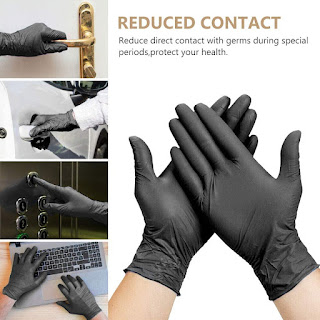Digital biofeedback systems (DBS) for home
Rehabilitation aim to improve rehabilitation outcomes Disposable Aprons, quality of care and cost-effectiveness by supporting and motivating patients during unsupervised exercise [1–3]. This promising, innovative field of rehabilitation technologies relies on close collaborative work between healthcare professionals and signal processing and machine learning specialists.
DBS contain an external sensor which collects biomechanical data which is then relayed to the user through a digital interface. Inertial measurement units (IMU) are commonly-used sensors in DBS due to their small size, low cost and ease-of-use [4]. Accurate segmentation of IMU data can lead to the development of clinically relevant biofeedback features TPE gloves, such as exercise repetition counting, classification of repetitions, and collation of progress reports.
The challenge of segmenting IMU data for rehabilitation exercises can be approached through a variety of methods, including zero-velocity crossing, dynamic time warping and hidden Markov models [5]. The specific context of home © Springer Nature Switzerland AG 2021 T. Jarm et al. (Eds.): EMBEC 2020, IFMBE Proceedings 80, pp. 29–37, 2021. https://doi.org/10.1007/978-3-030-64610-3_4 rehabilitation requires a highly accurate segmentation model, based on minimal IMU data input, operating in real time, adaptable to new exercises and capable of being implemented and evaluated in the home setting.
As the above methods do not fulfil these criteria, we developed a novel machine-learning model which operates in a DBS, described below, for use in post-operative shoulder rehabilitation Food gloves. The DBS for shoulder rehabilitation consists of a single wrist-worn IMU and a tablet application (app). The user selects and performs an exercise, and a machine learning segmentation model segments the IMU signal in real time.
The segmentation model uses a convolutional classifier and finite state machine to isolate repetitions from raw IMU data. Data is processed in real-time, with minimal domain knowledge and no feature engineering. Further details of the segmentation model are available in Bevilacqua et al. [6]. The app counts repetitions and displays movement information on-screen via an avatar (Fig. 1)










Comments
Post a Comment